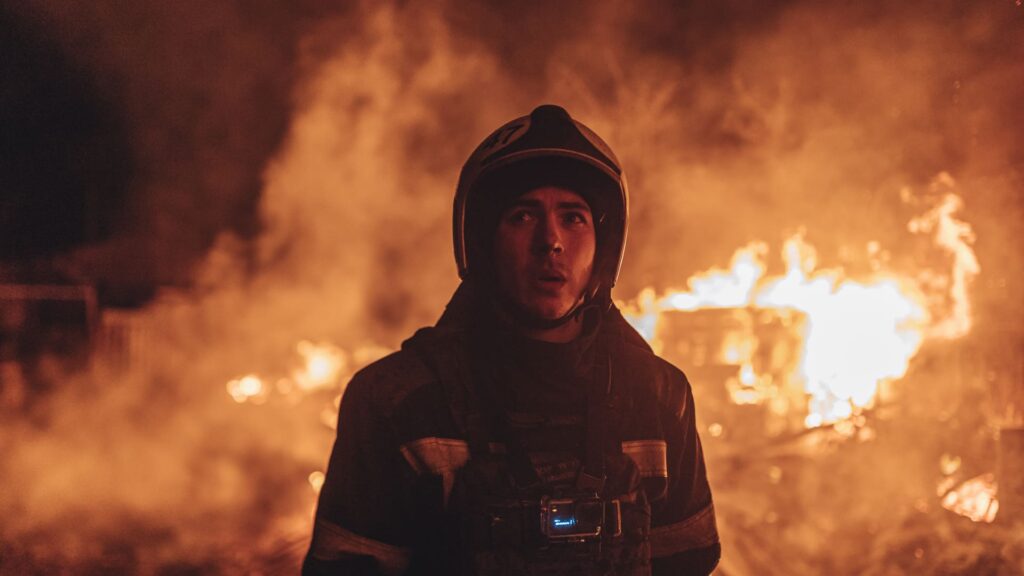Emergency service workers extinguish a fire after shelling on the Bakhmut frontline in Ivanivske, Ukraine as Russia-Ukraine war continues on January 02, 2023.
Anadolu Agency | Anadolu Agency | Getty Images
When Russia invaded Ukraine a year ago, it shocked the world.
Although, in hindsight, it probably shouldn’t have — after all, Russia had amassed at least 100,000 troops along its border with Ukraine in the months leading up to the invasion, insisting all the time that it had no plans to invade.
Moscow had also been rebuffed by the West after it presented NATO with a list of demands asking for the military alliance to essentially roll back its activity in Eastern Europe, and to guarantee that Ukraine would never become a member of NATO.
Needless to say, the Western military alliance refused to accede to Russia’s demands and a few months later, on Feb. 24, 2022, Russian troops invaded Ukraine from the north, east and south of the country. It targeted the capital Kyiv, Kharkiv in the northeast, Donbas in the east, and the southeast of the country, along a swathe of territory reaching across to Crimea — a peninsula Russia had annexed back in 2014.
While Russian forces were able to seize a portion of Ukraine in the east and south, aided by the conduit offered by Russian-occupied Crimea, the overly-ambitious scale and breadth of the invasion quickly came back to haunt Moscow. In April, it was forced to withdraw its forces from the Kyiv area, a retreat seen as a humiliating defeat for Russia.
A Ukrainian serviceman of the 93rd brigade stands near a pile of empty mortar shell containers in Bakhmut on February 15, 2023, amid the Russian invasion of Ukraine.
Yasuyoshi Chiba | AFP | Getty Images
Ukraine saw further strategic victories last year as it launched successful and surprise counteroffensives around Kherson in the south, and Kharkiv in the north, where it managed to push Russian forces back deeper into the Donbas.
Since then, however, the conflict has become largely…
Read the full article here





